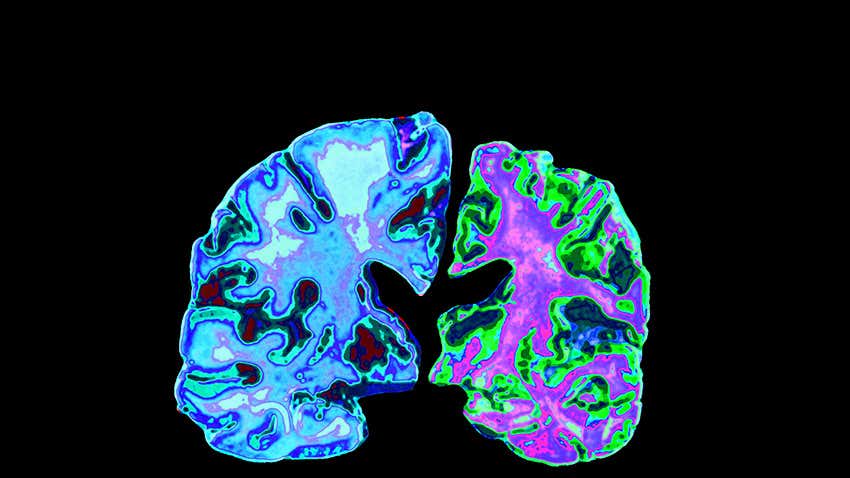
New device uses electromagnetic waves to reverse Alzheimer’s
 A small study using the electromagnetic waves approach has shown some encouraging results in the ongoing efforts to control and treat Alzheimer’s disease.
A small study using the electromagnetic waves approach has shown some encouraging results in the ongoing efforts to control and treat Alzheimer’s disease.
A medical device company based in Phoenix, AZ have developed a wearable device that, according to their recent open-label clinical trial, can significantly reduce memory loss in Alzheimer’s by disaggregating toxic protein formed in the brain. The device in the shape of a cap can emit electromagnetic waves in a frequency that, as preclinical studies in mice have shown and can help reverse memory loss. The research team that conducted the clinical trial reports the groundbreaking results in the Journal of Alzheimer’s Disease.
The study involved a very small group of eight patients. The researchers noticed “enhanced cognitive performance” in seven out of the eight participants. For the trial, the researchers worked with eight participants with mild to moderate Alzheimer’s disease and their caretakers, who received instructions on how to use the therapeutic device at home. The participants received the treatment twice a day for two months, and each session lasted just one hour. By the end of the two months, none of the participants had experienced any side effects. Brain scans conducted by the researchers at the end of the study showed that the eight individuals had not developed tumours or brain bleeding as a result of having used the device. To assess whether the treatment had helped the participants, the investigators used ‘The Alzheimer’s Disease Assessment Scale-Cognitive Subscale test (ADAS-cog)’, the most widely recognized method of assessing cognitive function.
Dr Gary Arendash, CEO of NeuroEM Therapeutics said that the team was particularly surprised that this highly significant improvement in the ADAS-cog was maintained even two weeks after treatment was completed. He also added that the most likely explanation for continued benefit after cessation of treatment is that the Alzheimer’s Disease process itself was being affected. The researchers also collected blood and cerebrospinal fluid samples from the participants both at baseline and at the end of the clinical trial. All of the participants decided to hang onto the devices they got as part of the clinical trial. According to the researchers, that is the best feedback they could have received.
“Perhaps the best indication that the 2 months of treatment was having a clinically important effect on the [Alzheimer’s disease] patients in this study is that none of the patients wanted to return their head device to the University of South Florida/Byrd Alzheimer’s Institute after the study was completed,” says Dr. Arendash.
The results and conclusion of the study were as follows:
Results: No deleterious behavioural effects, discomfort, or physiologic changes resulted from 2 months of TEMT, as well as no evidence of tumour or microhemorrhage induction. TEMT induced clinically important and statistically significant improvements in ADAS-cog, as well as in the Rey AVLT. TEMT also produced increases in cerebrospinal fluid (CSF) levels of soluble Aβ1-40 and Aβ1-42, cognition-related changes in CSF oligomeric Aβ, a decreased CSF p-tau/Aβ1-42 ratio, and reduced levels of oligomeric Aβ in plasma. Pre- versus post-treatment FDG-PET brain scans revealed stable cerebral glucose utilization, with several subjects exhibiting enhanced glucose utilization. Evaluation of diffusion tensor imaging (fractional anisotropy) scans in individual subjects provided support for TEMT-induced increases in functional connectivity within the cognitively-important cingulate cortex/cingulum.
Conclusion: TEMT administration to AD subjects appears to be safe while providing cognitive enhancement, changes to CSF/blood AD markers, and evidence of stable/enhanced brain connectivity.
Source: Medical News Today, Science Alert.